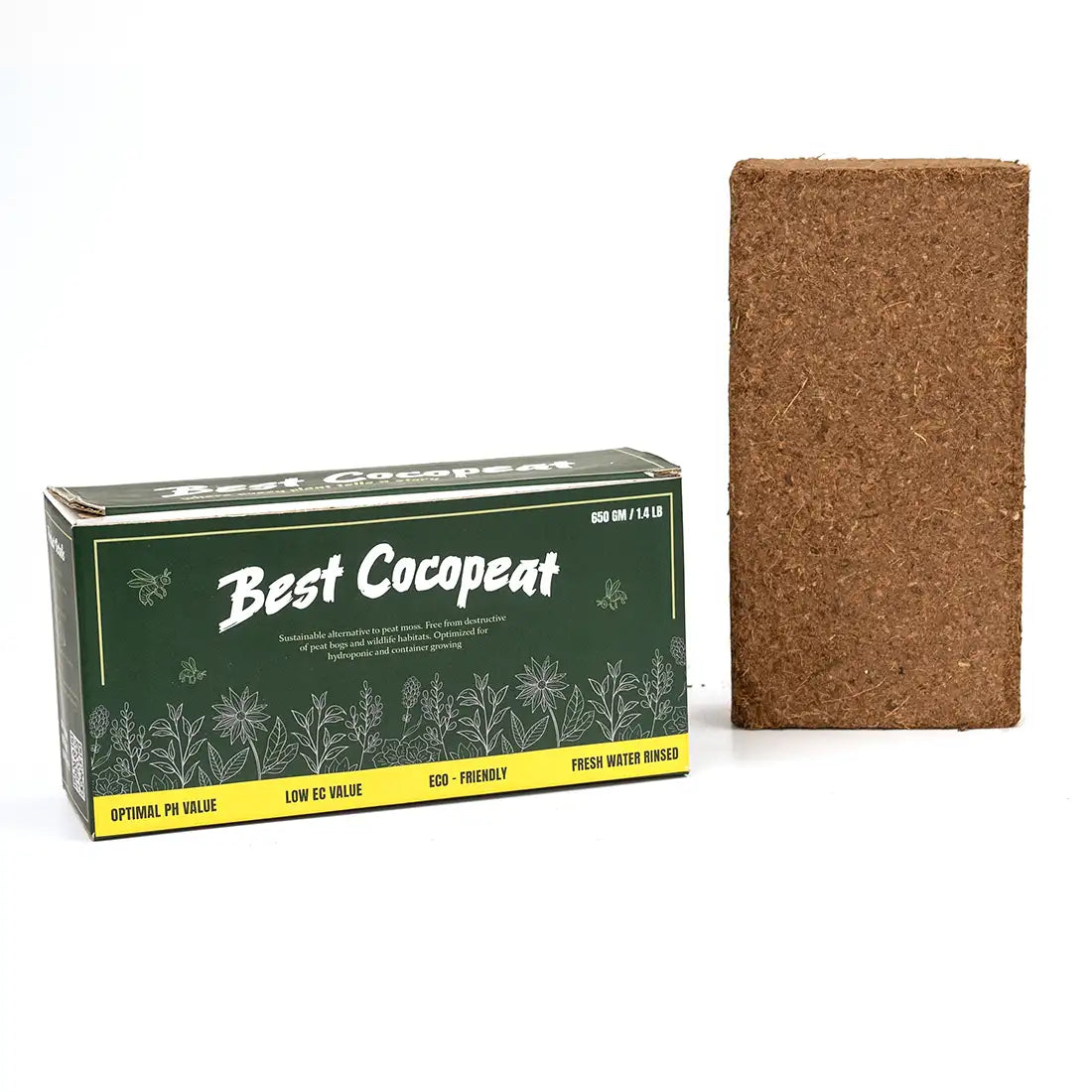Coco peat, a byproduct of coconut husk, has transformed from a waste material into a highly sought-after natural resource. Its versatility and eco-friendly nature have captured the attention of various industries, from agriculture to horticulture. In this blog, we'll delve into the emerging trends and innovations shaping the future of coco peat.
What is Coco Peat?
Before diving into the future, let's understand what coco peat is. Coco peat, also known as coir dust, is a natural, renewable resource extracted from coconut husks. It's an excellent growing medium due to its:
- High water retention capacity
- Good aeration
- Natural pest resistance
- Environmentally friendly composition
Current Trends :
Sustainable Agriculture
Coco peat is increasingly used as a soil conditioner, reducing the need for synthetic fertilizers and promoting sustainable farming practices.
Hydroponics and Vertical Farming
Thanks to its water retention capabilities, coco peat is ideal for soilless cultivation methods, making it a popular choice in hydroponics and vertical farming.
Erosion Control
Coco peat is effective in preventing soil erosion on slopes, embankments, and construction sites.
Horticulture and Landscaping
Its natural benefits make coco peat a favorite for potting mixes, garden beds, and lawn care.
Innovations Shaping the Future
Coco Peat-Based Composts
Researchers are developing composts that combine coco peat with other organic materials to create nutrient-rich soil amendments.
Biodegradable Packaging
Coco peat is being explored as a replacement for plastic packaging materials, providing an eco-friendly alternative.
Coco Peat-Based Filters
Scientists are investigating coco peat's potential as a natural filter medium for water purification and air quality improvement.
Coco Peat-Polymer Composites
Innovators are working on sustainable, biodegradable composites using coco peat and biopolymers for various applications.
Challenges and Opportunities
Standardization
Establishing industry standards for coco peat quality and processing will ensure consistency and reliability across products.
Scalability
Increasing production capacity and improving supply chain efficiency will make coco peat more accessible and affordable.
Research and Development
Ongoing R&D will uncover new applications and enhance existing uses of coco peat.
Market Education
Raising awareness about coco peat's benefits will drive demand and adoption, helping consumers make informed choices when they buy coco peat.
Conclusion
The future of coco peat is promising, driven by its versatility, sustainability, and innovative applications. As the industry addresses challenges and seizes opportunities, we can expect coco peat to play a significant role in shaping a more environmentally conscious and sustainable future.
For more information and to explore purchasing options, visit Best Coco Peat.











